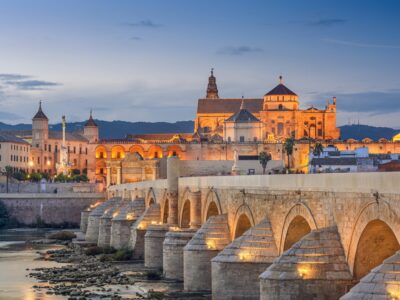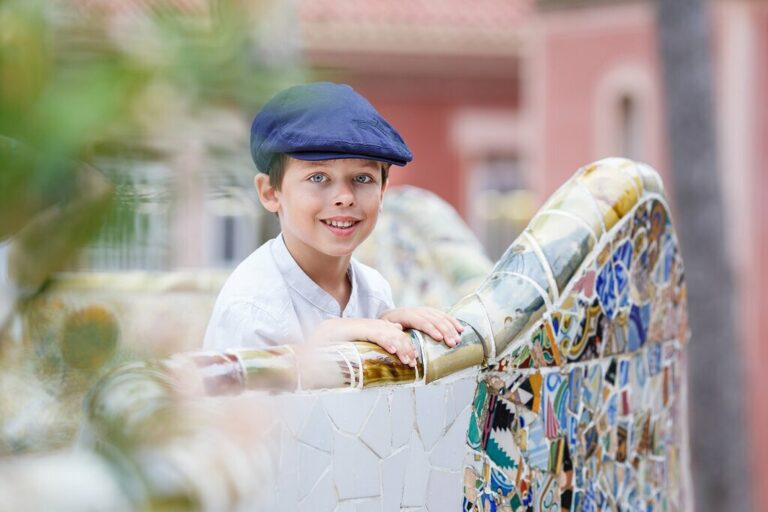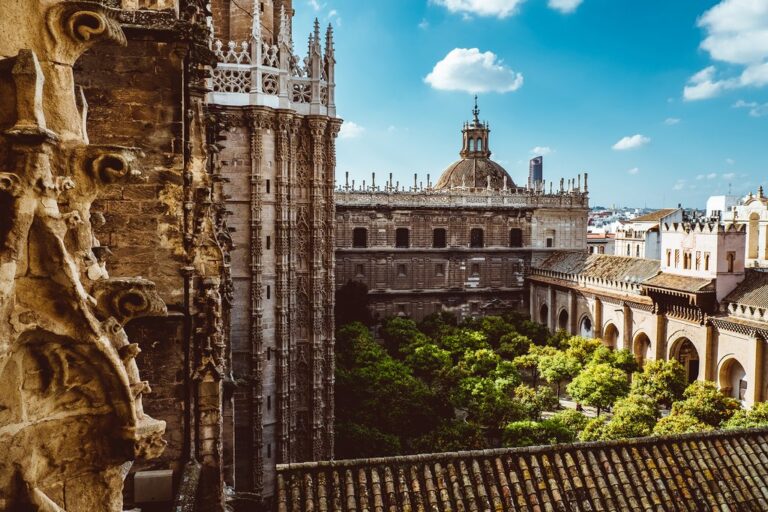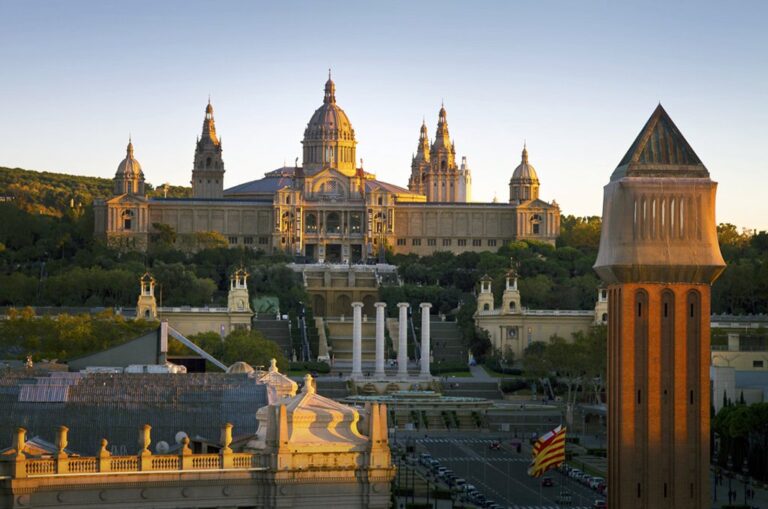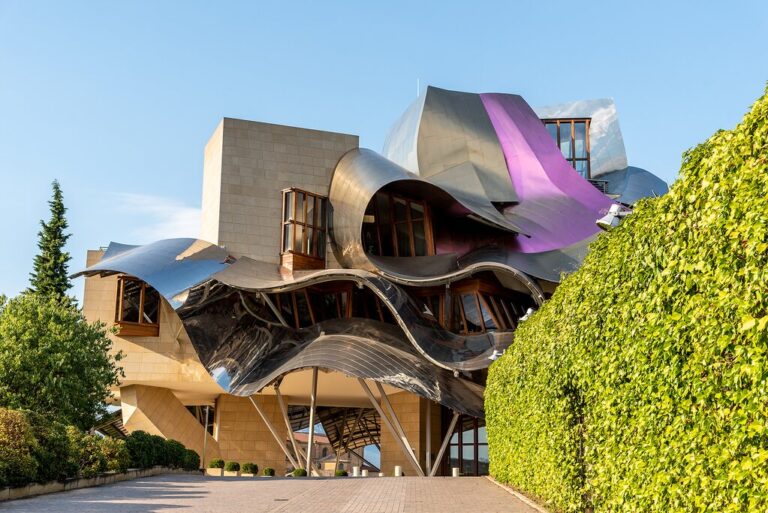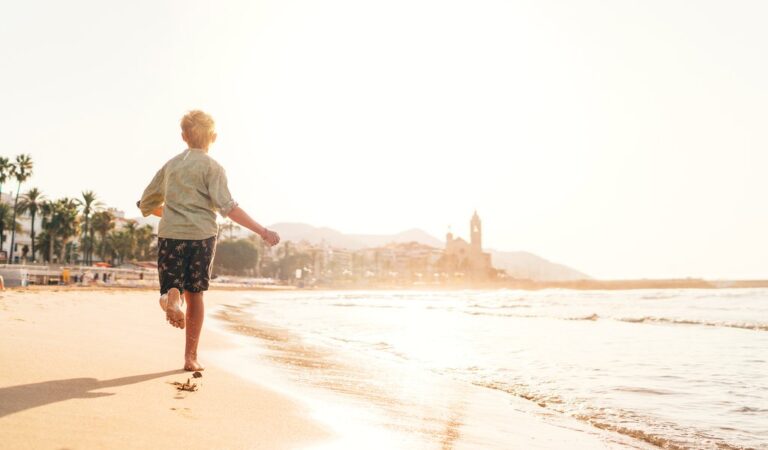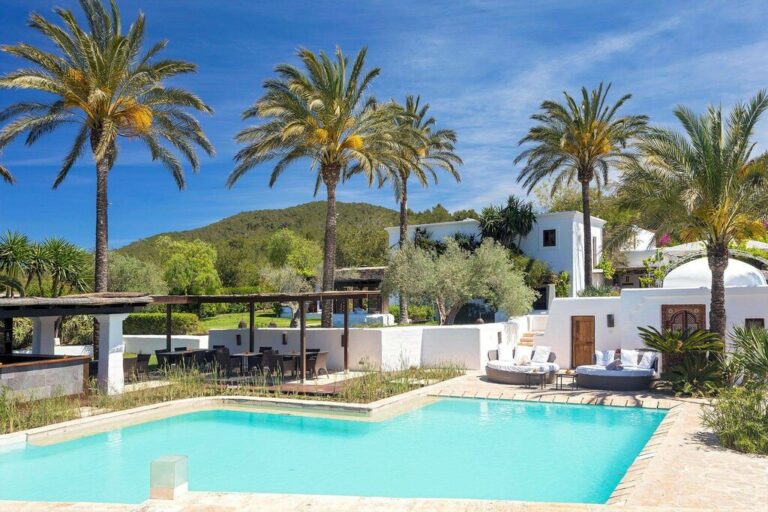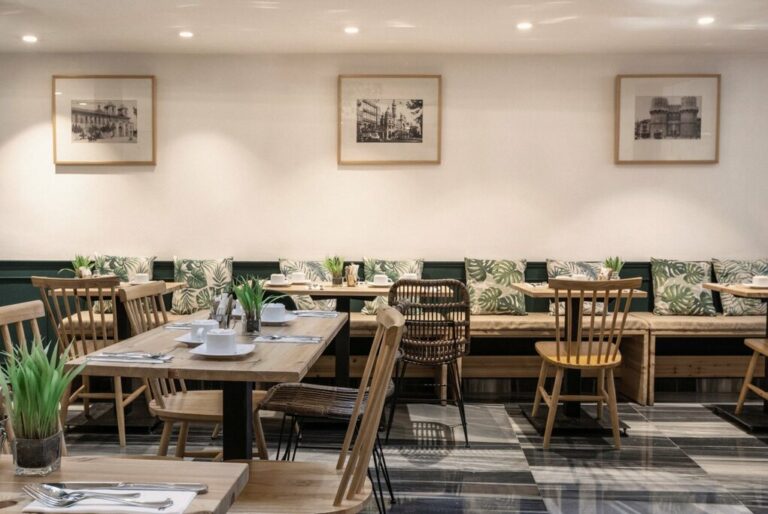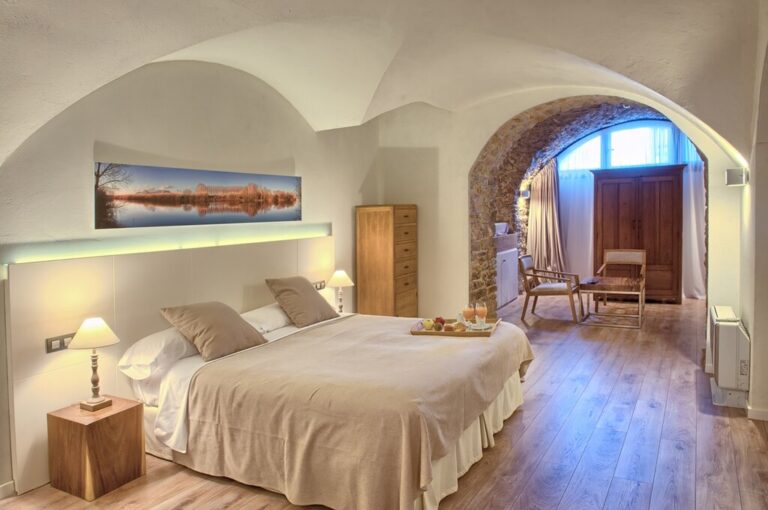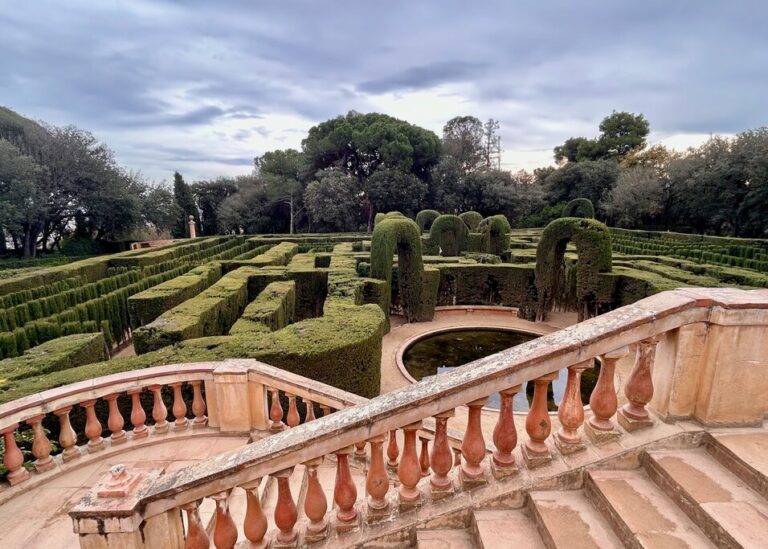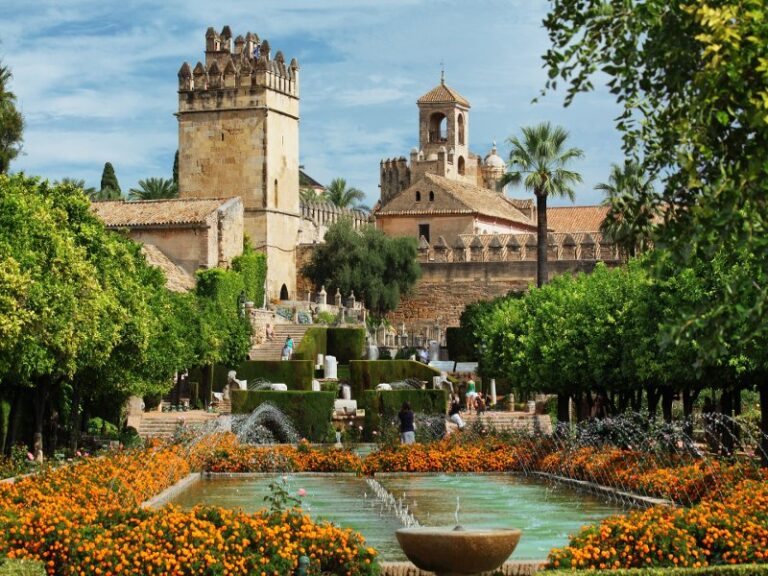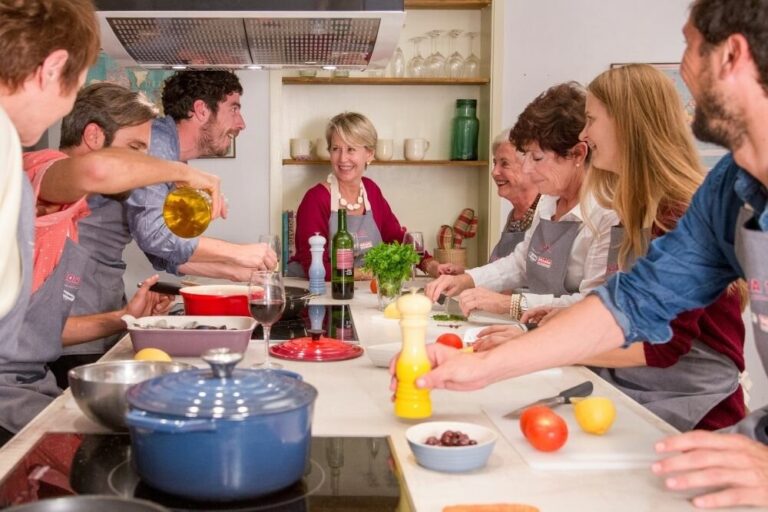Highlights of Italy & Spain – 21 Days
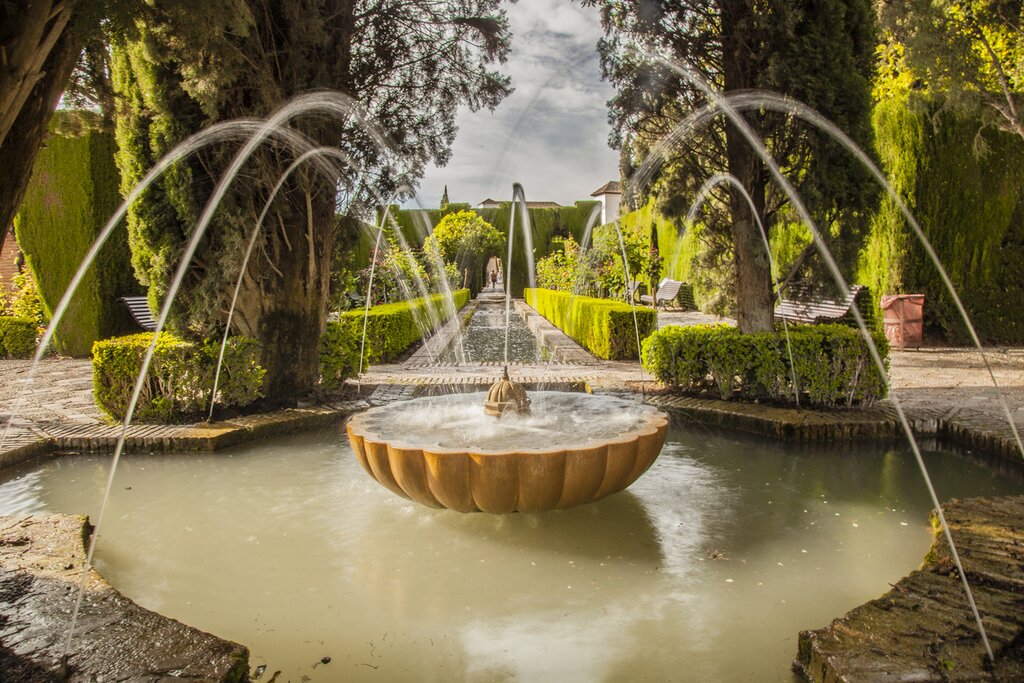
This three-week adventure traverses Italy and Spain, two countries whose thousands of years of history will leave you awestruck. In Rome, hit all the highlights, from the Colosseum to Vatican City, before heading to the twin pillars of romance known as Venice and Florence. Then, hop over to Spain to discover its rich culture with art, history, and guided food tours in Barcelona, Madrid, and Andalusia.
Highlights
- Let local guides show you around Rome’s Colosseum and Vatican City
- Visit scenic wineries and enjoy tastings in Tuscany and Barcelona
- Ride gondolas in Venice and visit ancient hilltop towns in Italy
- Browse local markets, learn to make gelato, and sample tapas in Spain
- Stroll the cobbled streets of cities like Florence, Toledo, and Seville
Brief Itinerary
| Day | Highlights | Overnight |
|---|---|---|
| Day 1 | Arrive in Rome (Italy), Half-Day Food Tour | Rome |
| Day 2 | Rome Highlights Tour & Private Colosseum Visit | Rome |
| Day 3 | Guided Vatican & Sistine Chapel Tour, Free Afternoon | Rome |
| Day 4 | Day Trip to Castelli Romani & Lake Albano | Rome |
| Day 5 | Train to Florence, Explore the Birthplace of the Renaissance | Florence |
| Day 6 | Florence Highlights Tour, Gelato Workshop | Florence |
| Day 7 | Tuscan Wine Tour, Explore San Gimignano | Florence |
| Day 8 | Train to Venice, Food Tour | Venice |
| Day 9 | Best of Venice Tour, Gondola Ride | Venice |
| Day 10 | Day Trip to Murano & Burano | Venice |
| Day 11 | Fly to Barcelona (Spain), Tapas Tour | Barcelona |
| Day 12 | Gaudí Architecture Tour | Barcelona |
| Day 13 | Day Trip to Montserrat & Wine Tasting | Barcelona |
| Day 14 | Train to Madrid, Local Market Tour | Madrid |
| Day 15 | Madrid History & Culture Tour | Madrid |
| Day 16 | Day Trip to Toledo with Optional Ziplining Tour | Madrid |
| Day 17 | Train to Granada, Flamenco Show | Granada |
| Day 18 | Tour the Alhambra & Generalife Gardens | Granada |
| Day 19 | Transfer to Seville via Ronda & the White Villages | Seville |
| Day 20 | Guided Seville Tour & River Cruise | Seville |
| Day 21 | Relax in Ancient Baths, Depart Madrid |
Detailed Itinerary
Day 1: Arrive in Rome (Italy), Half-Day Food Tour
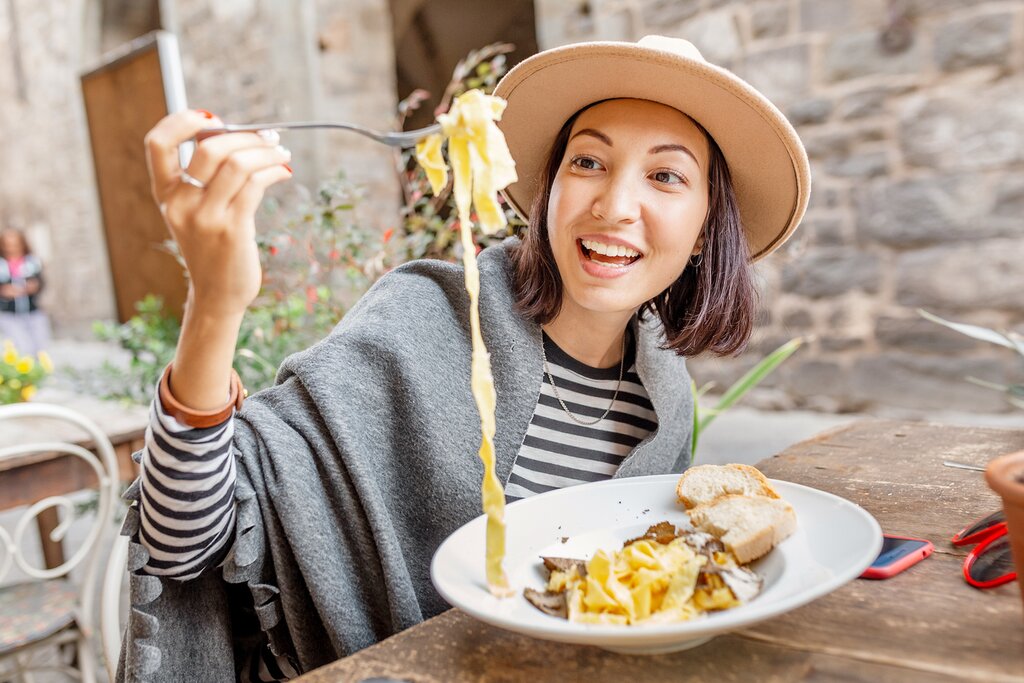
Welcome to Italy! You’ll arrive in the heart of it all: Rome. More than a capital, the “City of the Seven Hills” is an open-air museum abounding with nearly 3,000 years of history, architecture, and culture. On almost every corner, you’ll find remnants from past millennia, be it stone aqueducts, pagan temples, or iconic landmarks like the Colosseum. Upon arrival at the airport, a driver will pick you up and transfer you to your hotel in the city.
After checking in, you’ll meet a local guide and head out to discover Rome’s culture in the most appetizing way possible—on a food tour. This half-day excursion is a lesson in the city’s rich history and culture through its cuisine. You’ll browse the stalls at the Mercato dei Fiori, where locals shop for fresh produce and flowers; stop at a café at historic Piazza Navona; and visit the Roman Ghetto (the former Jewish quarter) to enjoy traditional dishes at local tavernas.
Day 2: Rome Highlights Tour & Private Colosseum Visit
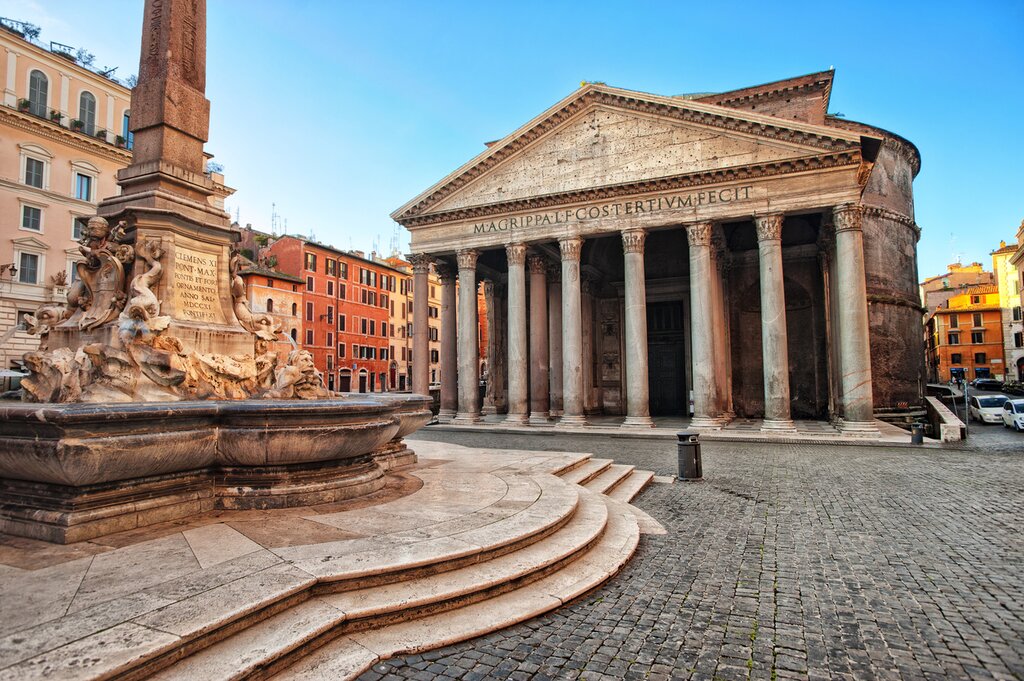
Wake up early and enjoy a passeggiata (stroll) in historic Rome. Perhaps grab an espresso and fresh-baked cornetto (croissant-like pastry). Then, meet a local guide and head out on a highlights tour of Rome’s historic center. You’ll do it all, starting with a hike up the Spanish Steps to enter Rome’s maze of charming cobblestone streets, a throwback to the city’s Baroque-era grandeur. Along the way, your guide will recount stories and historical anecdotes of the many fountains, buildings, and hidden piazzas tucked away in the corners of this magnificent city.
As you weave in and out of the labyrinthine streets, you’ll eventually wind up outside of the Pantheon, the only intact pagan temple left in Rome. The tour continues to the ornate Trevi Fountain, arguably the most famous fountain in the world. Toss a coin in to ensure this isn’t your last visit to Rome. Next, you’ll stop at an authentic Roman gelateria, where you’ll get a tasty lesson in the difference between gelato and ice cream. The tour concludes at Piazza Navona, home to Bernini’s Four Rivers Fountain.
Later, meet up with a historian guide for a private tour of the world’s largest amphitheater: the Colosseum. At its prime, it held 50,000 spectators and was the central venue for gladiator fights. Learn about some of ancient Rome’s most famous and illustrious citizens, such as Julius Caesar, Emperors Augustus and Nero, and the Flavian emperors who built the Colosseum. From here, continue to two other testaments to the grandeur of ancient Rome: the Forum and Palatine Hill, which were built between 46 BCE and 113 CE. Afterward, say goodbye to your guide and enjoy some free time.
Day 3: Guided Vatican & Sistine Chapel Tour, Free Afternoon
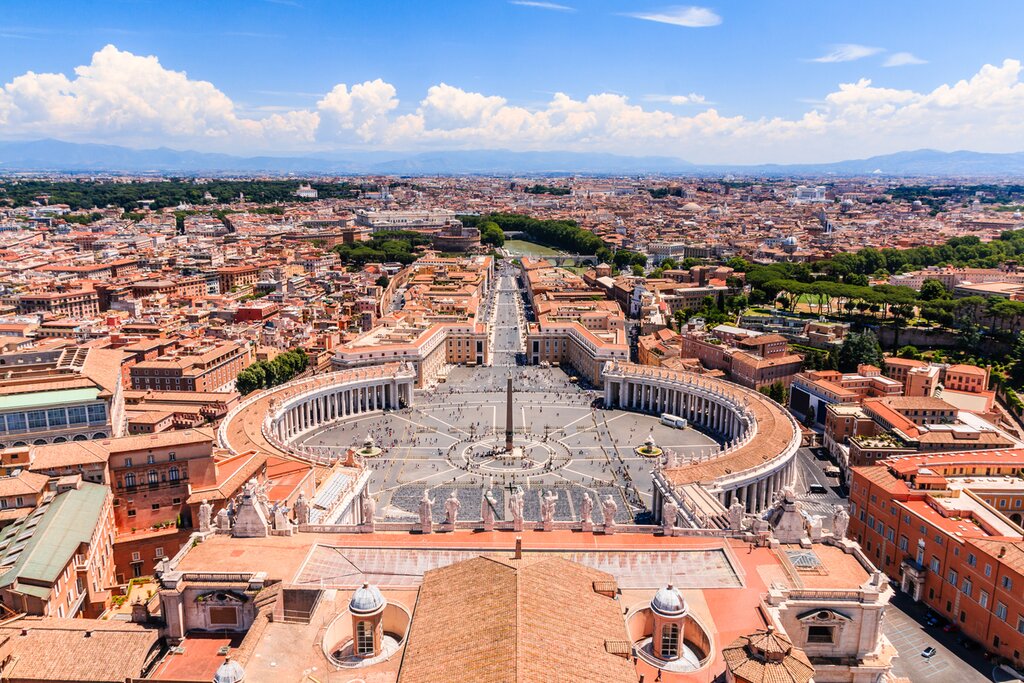
After an early breakfast at your hotel, make a beeline to the world’s smallest sovereign state: Vatican City. Here, you’ll meet a local guide for a three-hour tour of its museums and other top sights. You’ll quickly discover that the Vatican is rich in history and art, housing some of the most important Renaissance masterpieces in the world. During the tour, you’ll visit the Pio Clementio Museum, the Gallery of the Candelabra, the Gallery of Tapestries, and the Gallery of the Geographical Maps. In this area, you’ll also get to marvel at the most famous fresco in history: the Sistine Chapel.
Continue through the museums to the Raphael Rooms before entering St. Peter’s Basilica. Here, your guide will reveal historical context and insider details to explain the enduring allure of Renaissance art through the ages. Nowhere is this better exemplified than Michelangelo’s Madonna della Pietà, a dramatic statue depicting the Virgin Mary holding Jesus in her arms. If you like, you can see the Papal Tombs and climb to the top of the cathedral’s dome, enjoying amazing panoramic views.
After the Vatican tour, you’ll have the rest of the afternoon to enjoy the Eternal City however you like. Perhaps tour the haunting Catacombs of Priscilla, which were originally dug from the second to fifth centuries as burial grounds for the elite families of Rome. Or stroll through the tangle of narrow streets in Centro Storico, one of Rome’s most iconic historic districts, to see classical Roman and Baroque architecture. And if you’re traveling with that special someone, consider a romantic boat ride down the River Tiber.
Day 4: Day Trip to Castelli Romani & Lake Albano
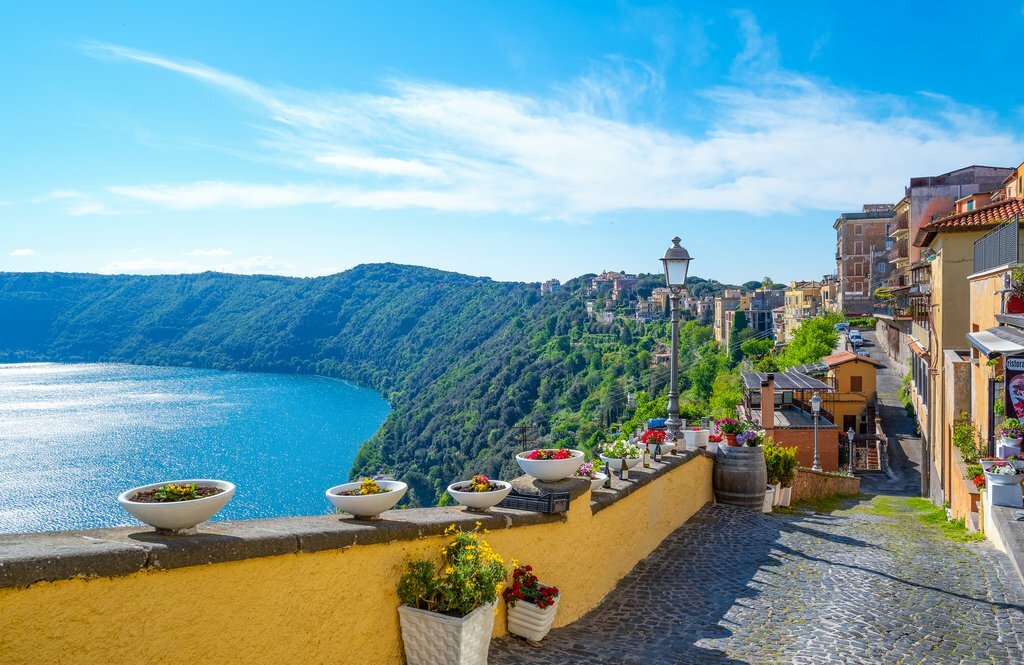
Escape the hustle and bustle of Rome on a full-day excursion to Castelli Romani. Located in the Alban Hills southeast of Rome, this area is famous for many things, including its charming hilltop towns, beautiful landscapes, and rich history dating back to Roman times. With it’s fertile volcanic soil, Castelli Romani is also a hub for wine production and offers many wineries and vineyards. If that’s not enough, it offers views of Lake Albano, a picturesque crater lake with great hiking around its shores.
Leave Rome in the morning to hop around some of these ancient Roman villages. First up is Monte Porzio Catone, where you’ll enjoy a wine tasting of its famous Frascati wine, known for its fruity and floral notes. Then visit the enchanting town of Ariccia. Stroll its cobbled streets, marvel at its architectural gems, and be sure to try the mouthwatering porchetta (roast pork). You’ll also check out major landmarks like the 15th-century Palazzo Chigi of Ariccia, a ducal palace home to aristocratic families. In Ariccia, you’ll take a break for lunch in a traditional Roman tavern.
Later, visit Castel Gandolfo. Located on the shores of Lake Albano, this town is known for its ancient Roman villas. Another highlight is the 17th-century Papal Palace, which was the Pope’s summer residence for centuries. At the end of the afternoon, you’ll transfer back to Rome and your hotel.
Day 5: Train to Florence, Explore the Birthplace of the Renaissance
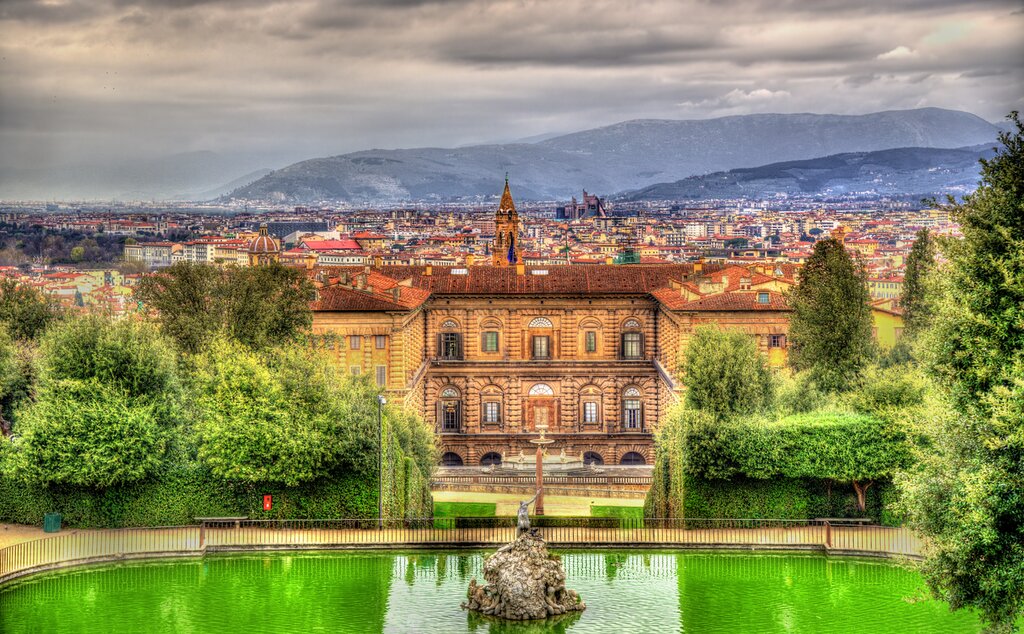
In the morning, you’ll transfer to the station and board a train for the scenic 1.5-hour train ride north to Florence. The capital of Italy’s rustic and romantic Tuscany region is a hub of classic art, architecture, and culture. After all, Florence was the birthplace of the Renaissance movement following the Middle Ages, and that heritage still permeates every corner of the city.
Upon arrival, check into your hotel and can then head out on foot to discover Florence’s rich culture. Popular highlights include the sprawling 15th-century Pitti Palace (once home to the influential Medici family) and the world-famous Uffizi Gallery, which houses works by artists like Michelangelo and da Vinci. You can also visit Studio Artesia, located mere steps away from the 14th-century Ponte Vecchio bridge, to learn more about ancient fresco painting techniques. Also, behind Pitti Palace are the well-manicured Boboli Gardens, an impressive green space dating to the 16th century.
In the evening, make your way to the historic Piazza della Signoria. Pull up a seat at a café in front of this expansive plaza and enjoy an aperitif while doing some people-watching. Then, take a quick stroll to the nearby Sant’Ambrogio, a hip area that offers several fine trattorias where you can enjoy an authentic Tuscan dinner.
Day 6: Florence Highlights Tour, Gelato Workshop
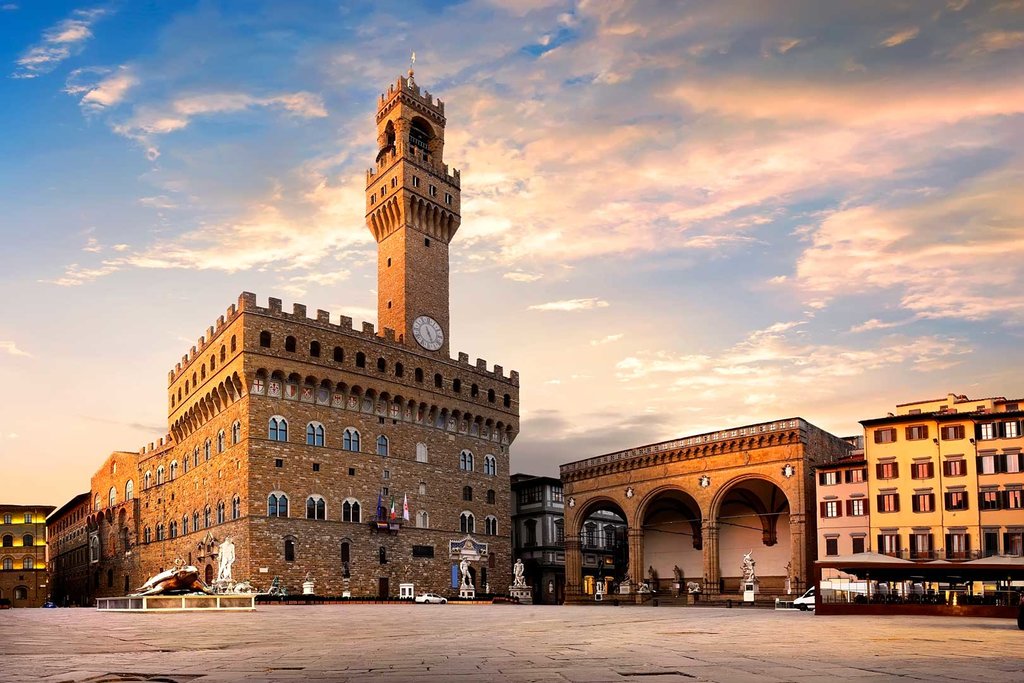
Eat a hearty breakfast because this morning, you’re off on a walking tour to discover the highlights of Florence. Meet a local expert guide in the city center at the Piazza della Signoria and head off down the same medieval streets that Dante Alighieri, Michelangelo, Leonardo da Vinci, and some of Italy’s most renowned artists once called home. Make your way to Palazzo Vecchio and see a replica of Michelangelo’s “David’—a taste of what’s to come.
After passing the renowned Ponte Vecchio that crosses the River Arno, you’ll arrive at Piazza della Repubblica. Today, it’s a popular meet-up spot but once stood as an ancient Roman Forum. Continue the stroll until you reach the 15th-century Florence Cathedral (Cattedrale di Santa Maria del Fiore). Also known as Il Duomo, it’s the most iconic landmark in the city. The final stop is at the Accademia Gallery, where you’ll witness the Renaissance masterpiece that is Michelangelo’s “David.” While here, your guide will reveal the history behind the statue and how it came to be.
Later in the afternoon, you’ll enjoy a tastier outing when you visit a family-run gelato academy. Here, you’ll participate in an hourlong workshop to learn the ins and outs of Italy’s most famous frozen dessert. You’ll learn how it’s made, the various ingredients, the subtle differences between gelato and ice cream, and finish by making your very own from scratch.
Day 7: Tuscan Wine Tour, Explore San Gimignano
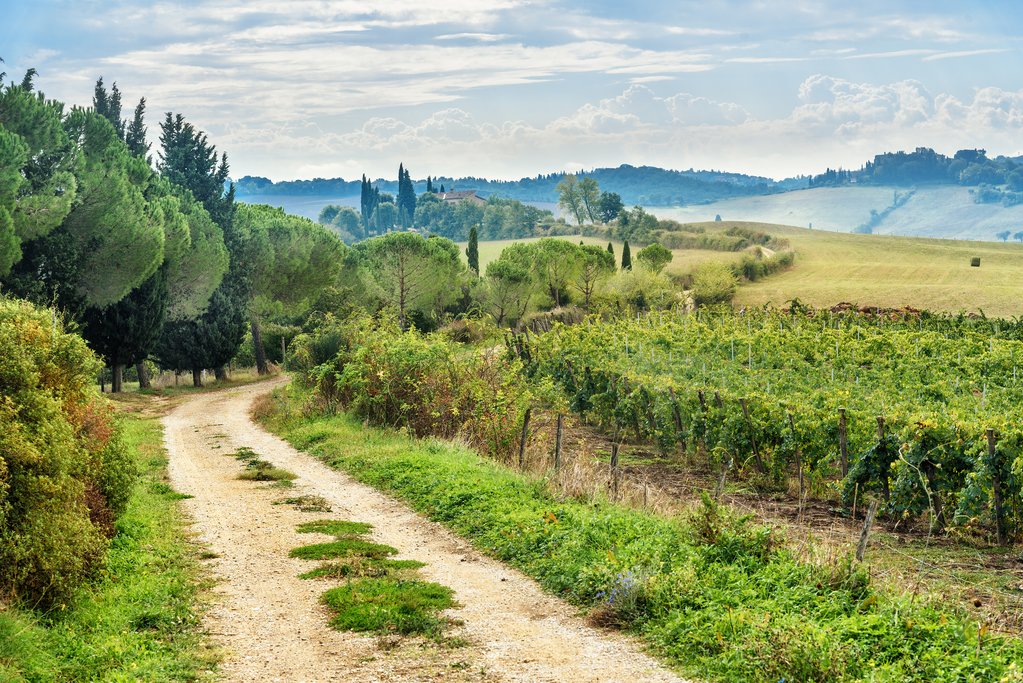
You’re in for a treat, as this morning, you’ll meet your driver for a road trip out of the city into the Chianti Hills, birthplace of the eponymous wine. This day trip is a celebration of viticulture and history, as you’ll not only visit a winery but also tour the countryside and picturesque villages near Siena.
The first stop is at a historic vineyard, where you’ll walk the grounds and taste some of the best Chiantis in the region. But that’s not all; the second stop takes you to a smaller traditional vineyard, where you’ll enjoy a light lunch paired with beautiful wines produced on-site, enjoying them amid gorgeous views of the nearby town of San Gimignano, which happens to be your next destination.
San Gimignano is a quintessential Tuscan village of medieval buildings perched atop a rolling green hill. It’s most famous for the 13th-century walls that encircle it, as well as its medieval plazas, churches, and stone towers dominating the skyline. Located in the Elsa Valley, the UNESCO-listed village is also known for producing Vernaccia di San Gimignano, a white wine with floral and fruity notes. Your driver will leave you here for some time to explore the town at your leisure. Later, you’ll return to Florence.
Day 8: Train to Venice, Food Tour
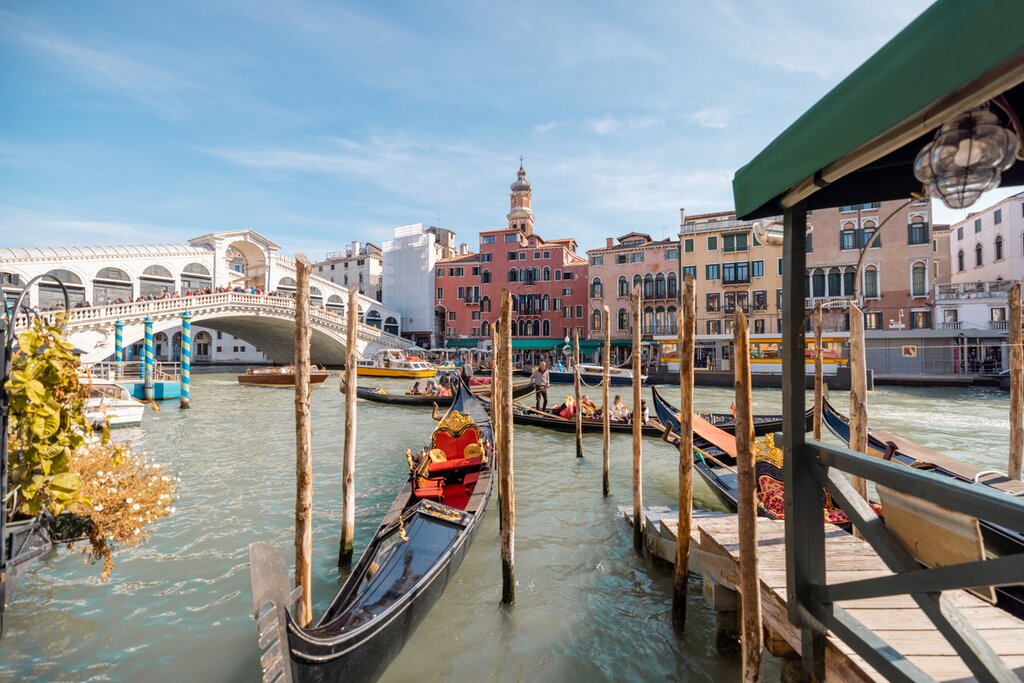
Chat with a local specialist who can help organize your trip.
Say goodbye to Florence and transfer to the station, where you’ll board a train for the 2.5-hour ride to Venice. With nicknames like “Queen of the Adriatic” and “City of Water,” Venice’s reputation precedes it. It’s long been a commercial and cultural hub, stretching across 117 small islands in the marshy Venetian Lagoon along the Adriatic Sea. The city itself is defined by its romantic canals—a top tourist draw—as well as a rich cultural heritage that dates back to its founding in the fifth century.
Upon arrival, you’ll transfer to your hotel. Then, it’s time to head out and experience the Venetian wonders that attract over a million visitors annually. Today’s excursion focuses on food as you’ll head off along the canals and narrow backstreets as your local expert guide reveals insight into the city’s gastronomic history. Of course, there will be plenty of food along the way. Stop at a local eatery and indulge in cicchetti (the Venetian version of tapas) paired with a refreshing spritz—a classic aperitif born right in Venice.
Then, walk to the Rialto Bridge—one of the four scenic bridges that span the Grand Canal. A short stroll from here brings you to the bustling Rialto Market. Browse this lively epicenter of daily Venetian life and culture, tasting local products that help create the city’s incomparable cuisine.
Day 9: Best of Venice Tour, Gondola Ride
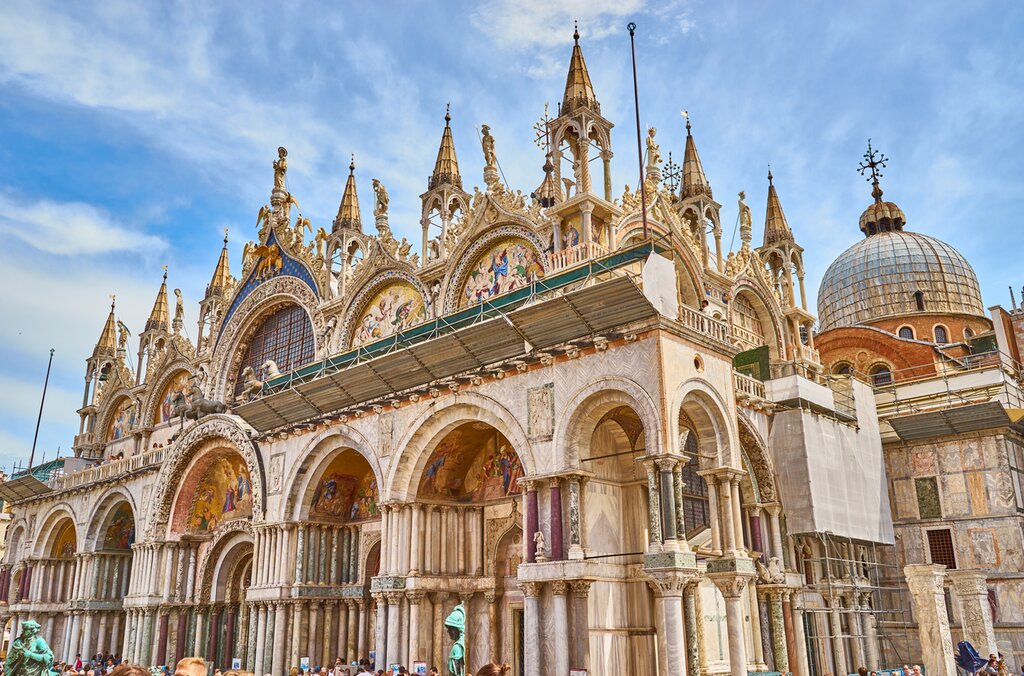
There’s no time to rest as this morning, as you’ll head out for a three-hour tour to experience the grand highlights of Venice. Meet your guide, venture down alleyways and across piazzas to the Rialto Bridge, and spend some time people-watching. The next stop is Piazza San Marco (Saint Mark’s Square), where you’ll soak up the atmosphere and marvel at the Gothic and Renaissance architecture—you might even find yourself serenaded by an outdoor orchestra.
At the plaza, you’ll visit the impressive San Marco Basilica. Dating to the 11th century, the exterior is a mix of architectural styles that reflect its ties to the Byzantine Empire. Inside, the basilica is famous for its high altar and thousands of square meters of shimmering, gold-leaf-covered mosaics depicting religious and historical scenes. Following Saint Mark’s, you’ll visit the adjacent Doge’s Palace, home to one of the world’s longest-standing governments. Over an hour, you’ll see all the best sights, from ceilings frescoed by Tintoretto to Veronese paintings. Then you’ll return to your hotel for a break.
Later, you’ll enjoy something of a classic. When in Rome, do as the Romans do, and when in Venice, take a gondola tour of its romantic canals. It’s a leisurely 30-minute ride along Venice’s waterways under the power and guidance of a professional gondolier. It may be a popular tourist activity, but gondolas have been used as transport in the “City of Water” for well over 1,000 years. This elegant and romantic journey will leave you perfectly content as you glide on the water’s surface, under the Rialto Bridge, passing iconic landmarks like Rialto Square.
Day 10: Day Trip to Murano & Burano
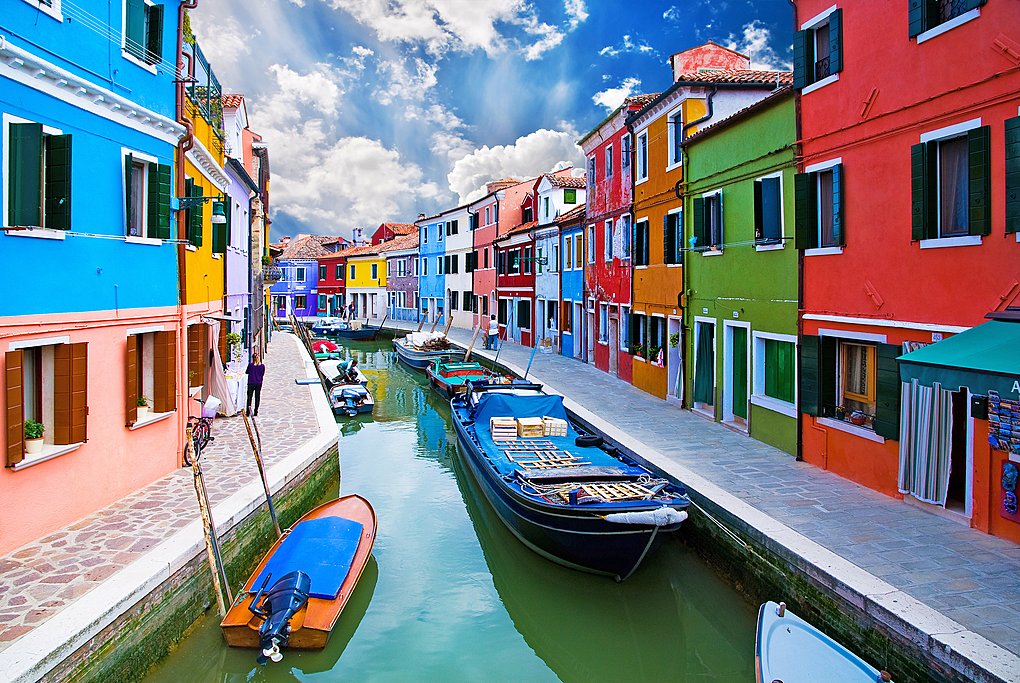
This morning, you’ll embark on a half-day guided boat tour to a couple of Venice’s famous neighbors: Burano and Murano. It starts when you board a motorboat for the approximately 45-minute ride northeast to Burano. This colorful fishing village has charm to spare, as you’ll see as you walk along its romantic canals. Burano is also renowned for its delicate lace-making industry—a local tradition that dates back to the 16th century.
Later, you’ll make your way back toward Venice, stopping at the famous island of Murano. Just as Burano is known for lacework, Murano is famous for its glassblowing industry—a tradition dating to the 13th century. Here, you’ll visit a gallery renowned for its exquisite glass art. At the end of the tour, you’ll return to Venice.
Day 11: Fly to Barcelona (Spain), Tapas Tour
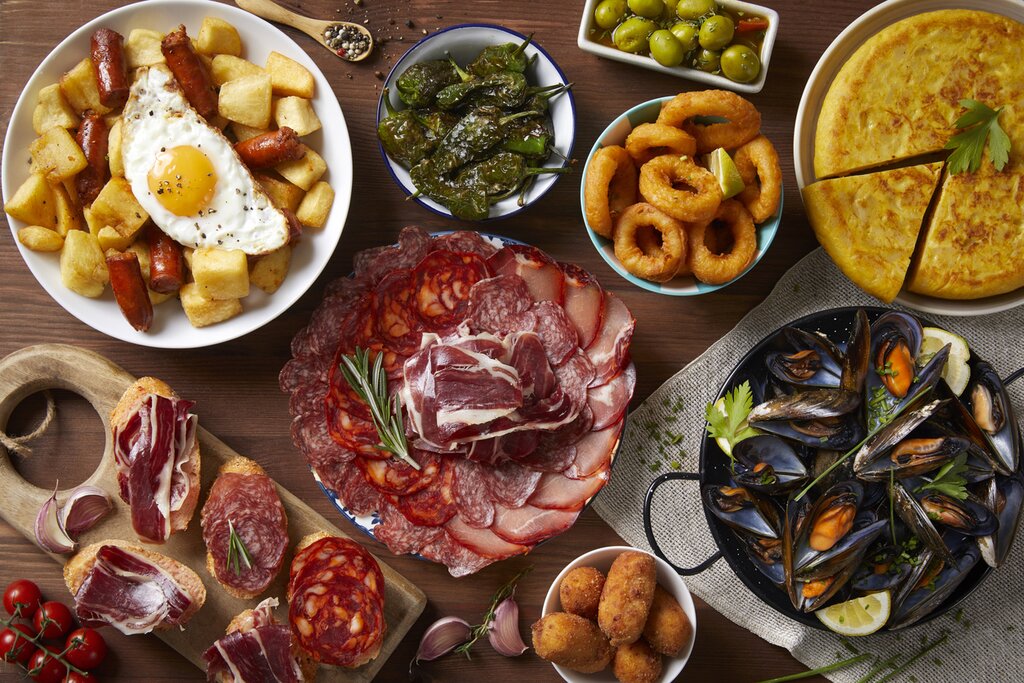
It’s time to bid a fond arrivederci to Italy. In the morning, you’ll transfer to the airport for the two-hour flight to Barcelona. Welcome to Spain! The capital of Spain’s gorgeous Catalonia region offers sun-kissed beaches, mind-blowing cuisine, great wine, world-class nightlife, a rich history, and some of the most unique architecture in the country.
Upon arrival at the airport, a driver will pick you up at the terminal and transfer you to your hotel. Don’t get too comfortable because later, you’ll head out on a guided food tour to discover Spain’s famous tapas culture. The word “tapas” literally translates to “tops” (or “caps”), and you can find these small plates (designed to be shared) at bars, bodegas, and tabernas (taverns) throughout the country.
During this three-hour culinary experience, your guide will lead you around Barcelona’s favorite neighborhoods, like the Gothic Quarter, ducking into alleys leading to beloved tapas spots to taste various dishes. As you go, your expert local guide will share tips and insider knowledge regarding which dishes to try. At each stop, you’ll pair your bites with sips of local wine, beer, or nonalcoholic drinks.
Day 12: Gaudí Architecture Tour
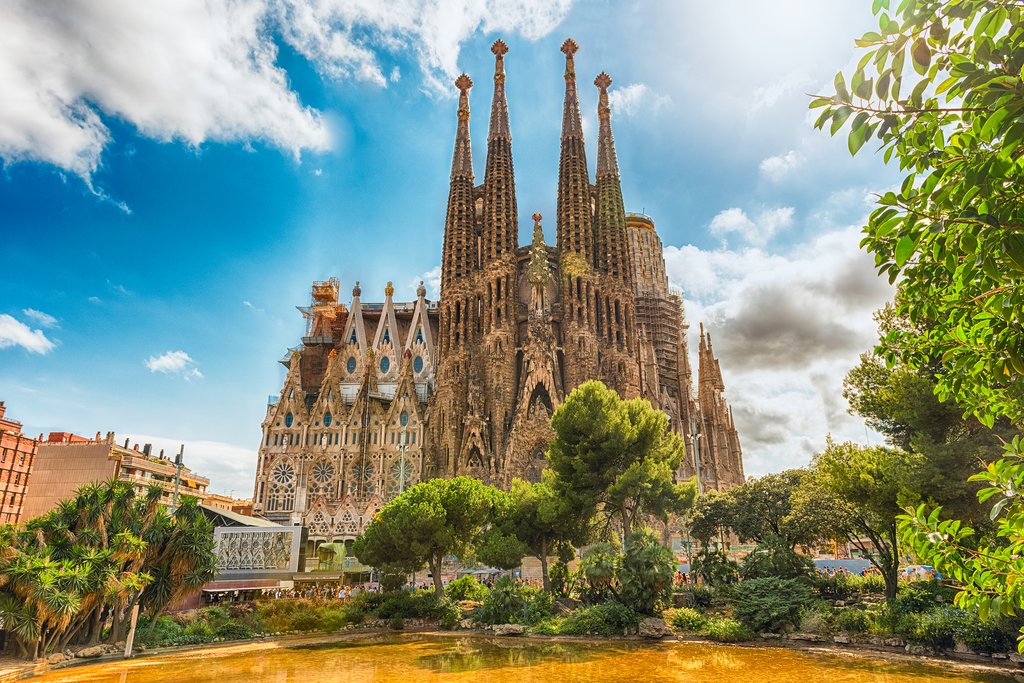
In the morning, head out on a guided walking tour of some famous landmarks designed by renowned Catalan architect Antoni Gaudí. First, you’ll visit La Sagrada Família, a spectacular Roman Catholic church and UNESCO World Heritage Site. During a tour of the building, you’ll learn all about Gaudí and this jaw-dropping masterpiece. Despite first being built in 1882, the church is still technically under construction and was only consecrated in 2010.
Afterward, you’ll continue to Park Güell, Barcelona’s most famous green space. Located atop Carmel Hill and offering incredible city views, Park Güell is defined by its pretty gardens and Gaudí’s distinct artistic elements. Some of the most iconic include the dragon fountain near the entrance and the mosaic-covered “serpent bench.” Don’t miss the local buskers performing in the park’s nooks and crannies.
Day 13: Day Trip to Montserrat & Wine Tasting
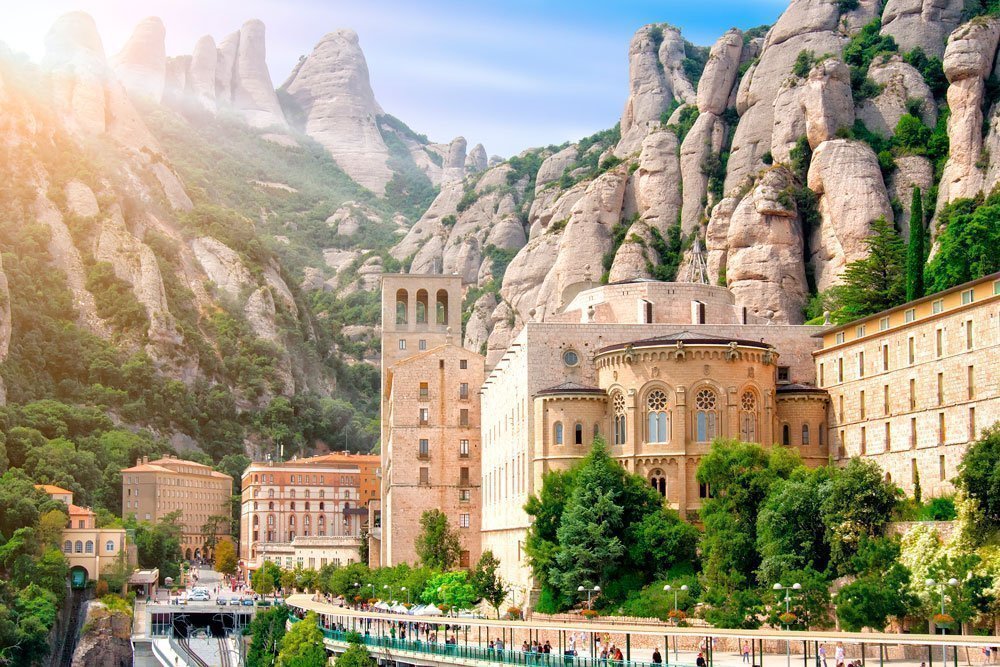
After breakfast, meet your guide/driver for a full-day trip to the Catalan countryside and the impressive Monastery of Montserrat. This massive abbey is notable for its privileged mountain setting, offering incredible views. Founded in the 11th century, it still functions today, with over 70 monks in residence.
While here, you’ll have the chance to listen to a boys’ choir and see the statue of Moreneta de Montserrat (also known as the Black Madonna of Montserrat). Following this is a quick walk to Santa Cova, where the black Madonna is said to have originally been found. You’ll also visit the fine Museum of Montserrat, a treasure trove of artifacts and artworks from the monasteries over 1,000 years of history.
The adventure continues on scenic backroads until you reach lush Penedès, one of Spain’s most famous wine regions. Set between the sea and mountains, the fertile soil here produces 90% of the country’s cava. You’ll visit a winery, stroll the vineyards, and learn about the production process from vine to wine. You’ll even tour an underground cave where bottles are stored. The experience ends with tasting four types of Gran Reserva cava paired with tapas before returning to Barcelona.
Day 14: Train to Madrid, Local Market Tour
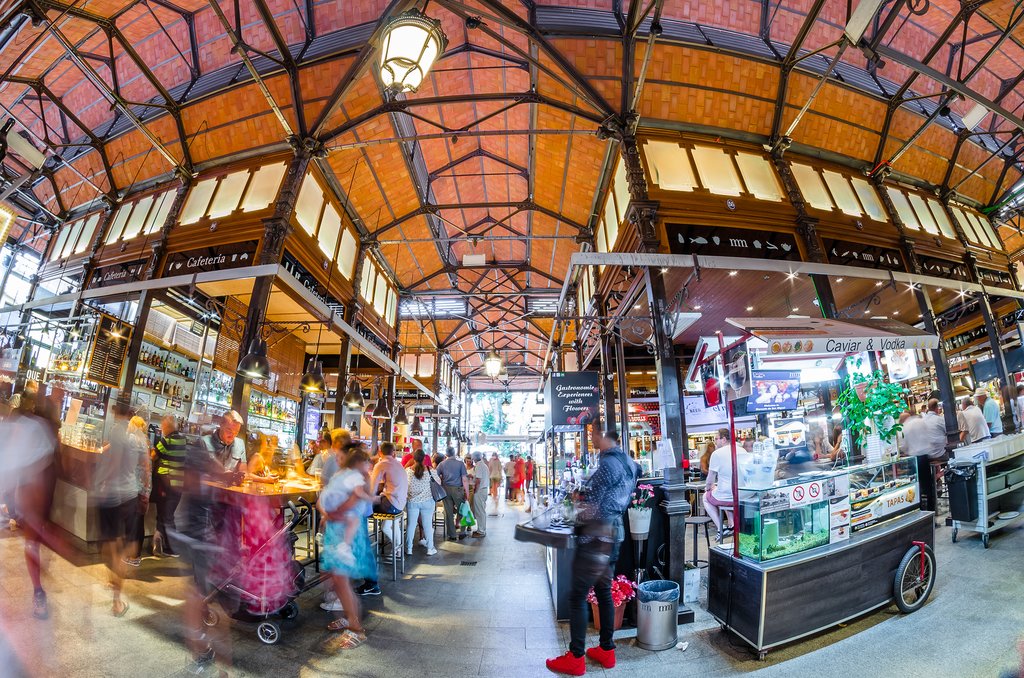
In the morning, head to the station in Barcelona and catch a 2.5-hour train ride to Madrid. Spain’s capital offers a rich history dating back long before the Middle Ages. From around the eighth to the 11th centuries, this territory was under Muslim rule, and before that, it was the site of a Roman conquest that started in 218 BCE. On arrival at Atocha Station, a driver will pick you up and take you to your hotel in the city.
Later, embark on a gastronomic adventure to a few of Madrid’s many local markets. It’s a great excuse to do some people-watching and feel the city’s pulse while browsing fresh produce and delicious tidbits. The markets you’ll visit (some of which have served the city since medieval times) include Mercado de San Miguel, Madrid’s most popular market turned gourmet food hall; Mercado Ildefonso, which features both market goods and tapas, plus a beautiful roof terrace; and Mercado San Antón, a creative food market spread over three levels.
Day 15: Madrid History & Culture Tour
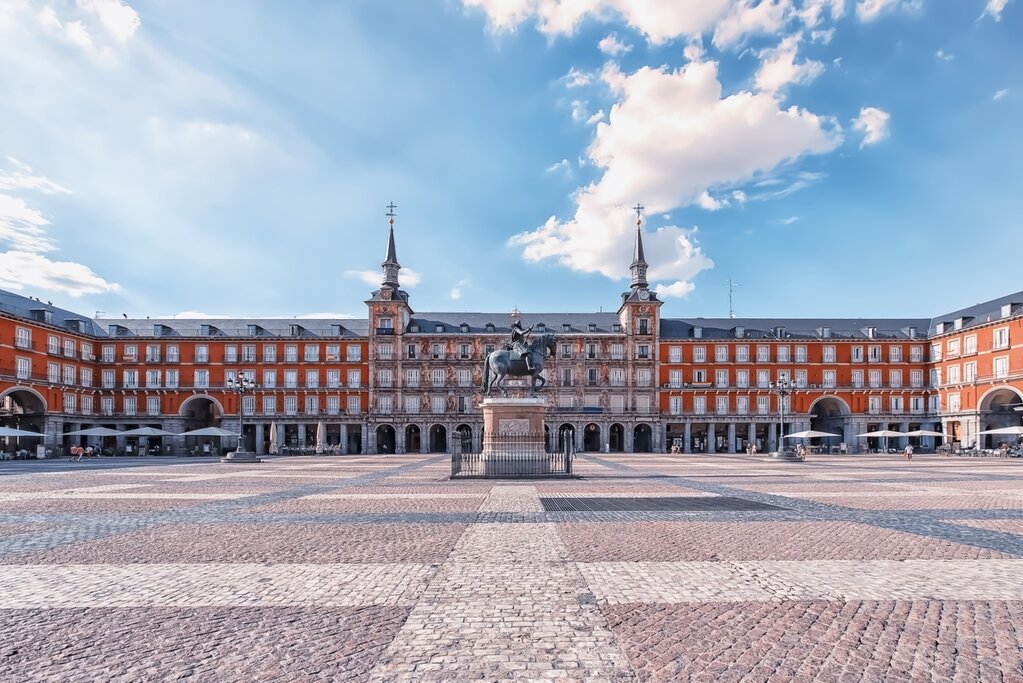
Get to know Madrid on a private tour of its history, culture, and architecture. Accompanied by a local guide, head to the historic Habsburg district. This is the oldest part of the city, known in Spanish as El Madrid de Los Austrias. During the walk, you’ll visit the 18th-century Royal Palace, Almudena Cathedral, and the expansive Plaza Mayor, which dates to the 15th century. Your guide will also take you to hidden gems and tell stories about Madrid’s fascinating history.
The tour continues as you soak up some culture and art history in Madrid’s “Golden Triangle of Art.” Located in the city center near El Retiro Park, this area comprises some of the best museums in the city. During this guided tour, you’ll visit three such museums, starting at the M
Map
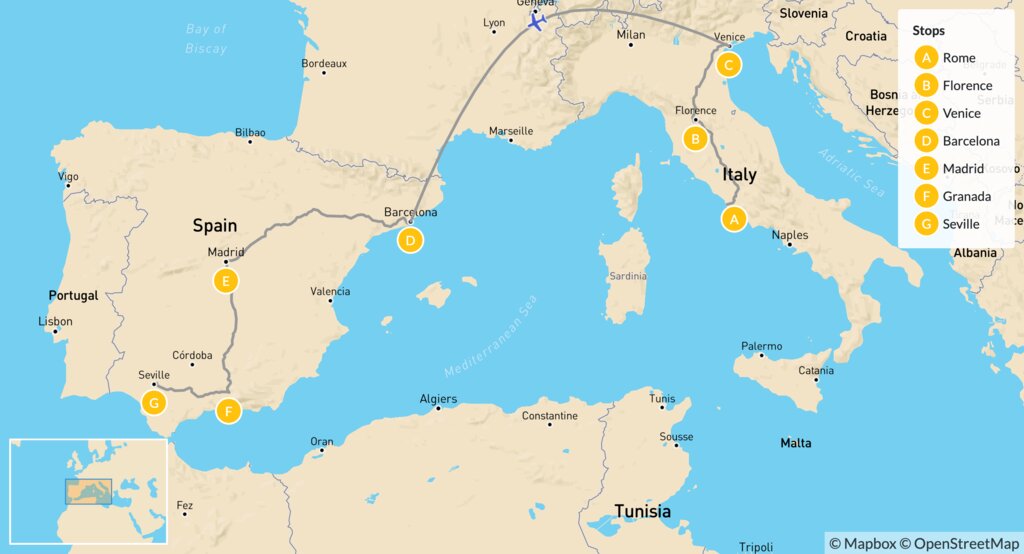
Map of Highlights of Italy & Spain – 21 Days
T7845
Tours & Itineraries
Get inspired by trips other travelers have loved
Family Trip to Spain: Barcelona & Madrid – 8 Days
Spain North to South: Basque Country to Andalusia – 17 Days
Taste of Northern Spain – 9 Days
Luxury Northern Spain Road Trip: La Rioja & Basque Country – 7 Days
Family Adventure in Southern Spain: Málaga, Granada, Seville & More – 10 Days
Family Trip to Spain: Barcelona & Madrid – 7 Days
Hotel Advice
Unique places to stay, curated by Big Time Holiday specialists
Atzaró Agroturismo Hotel, Ibiza Hotels
Petit Palace Plaza de la Reina Hotel, Valencia Hotels
Hotel El Petit Convent, Begur Hotels
Best Experiences
Unique things to do, curated by Big Time Holiday specialists

